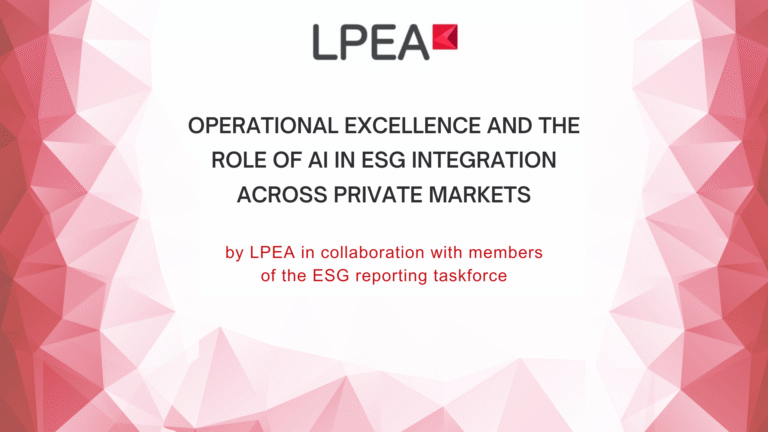By François Masquelier – SimplyTREASURY
Automating payments is becoming a must for all bank customers for several reasons (e.g. security, speed, efficiency, cost, tracking). Large corporates are using these electronic factories for payments for many years. Banks are today requiring more automation as a condition for the execution of wire transfers.
How to create value by automating payments?
Payment technology has progressed incredibly in recent years. The “best practices” in treasury applied by multinational companies tell us that all payments (without exception) must be automated, through what is commonly known as the “Bank Single Gateway“. The idea is to concentrate all payments, whatever their type (e.g. supplier, payroll or treasury) in a single IT tool and then to transmit them in a secure, encrypted and automated manner to the counterparty through the SWIFT network, for example, or through other means of payment. This can even be done through “Host-to-Host” solutions offered by larger banks (i.e. bank’s proprietary electronic payment system).
Manual payments soon banned
Today, a bank no longer wants to receive so-called “manual” payments (via email or even analogic fax) because of the internal costs and risks that this represents. Even if they charge these manual payments, which are customary and usual for Alternative Funds, the latter will continue to use them. We are reaching a stage where banks, in a truly short term, may not accept any more PE’s or VC’s clients if they keep transmitting manual payments. Being excluded by one’s bank because one refuses to automate one’s payments will soon be a reality. Why not then “professionalize” payments and adopt the now classic corporate techniques? Multinational companies have been applying for many years what is called the “payment factory” or the “single gateway bank” (even if the payment factory means paying on behalf of and receiving on behalf of – POBO/ROBO). The idea is simple. We implement an electronic payment solution, interfaced with the ERP or / and the Treasury Management System to automate the payments, secure them, encrypt them, and speed up their execution.
Objectives of bank single gateways
The objective is to reduce the cost on the side of the ordering party and for the bank, to avoid the risk of error, to simplify processes, to accelerate the execution and the reconciliation of payments. Of course, the system can handle double electronic signatures, regardless of the complexity of the signing powers in place. With SWIFT GPI (i.e. “Global Payment Innovation“) for cross-border payments (launched in 2018), we have entered a new dimension where we can speed up payments, trace them, get confirmations of receipt, smooth reconciliations with enriched references back through electronic bank statements and make the intermediary costs of the correspondent banks transparent.
How does it work?
” Best of breeds” IT tools
The “best of breeds” tools are for example: TIS, COUPA-BELLIN, KYRIBA, DATALOG, FIS, GRESHAM, BOTTOMLINE, etc… These tools allow, through a “SWIFT service-bureau”, to be directly connected to its banks. The signature (i.e. in principle double signature) is electronic (potentially from home) and the process is fully “paperless”, therefore with much less risk, if not, no risk at all. The goal is to banish manual payments that are often wrongly described as “urgent” by customers. The tool speeds up the payment process by ensuring proper execution. Banks are more and more reluctant to receive manual payments by e-mails because of the enormous costs of handling instructions and the downstream processes as well as the huge fraud risks involved (both sides: buy and sell-sides). The risks related to manual payments could kill a bank reputation. Let us not forget that the risk of fraud has increased dramatically since the inception of COVID. Adopting homeworking has only increased the risk of errors and frauds, both internal and external. The principle of a “payment factory” is to interface the systems that produce and generate payments (depending on the type of payment) and to transmit it in a format (often different) to a payment centralization tool that will transform it into a readable and understandable format for the bank that will have to execute it. The transmission is done in an encrypted way to ensure security and is done through a service bureau when it concerns SWIFT type payments or other formats. The ISO XML 20022 format is becoming more widespread, but there are many others (e.g. EBICS). Today, even in the PE’s industry, one must be open to other payment methods to satisfy customers and/or suppliers. The main objective remains to make payments more fluid, faster, more secure, and automated to reduce costs. Automation is therefore virtuous in many aspects. The tool allows to centralize payments to increase the efficiency of cash management.
Payments, a labor-intensive process
Payments remain a labor-intensive process through the use at best of e-banking tools and domestic solutions not interfaced to your main ERP. There is no cash-flow transparency. Managing several e-banking platforms individually is not efficient and has a cost. The objective beyond payment automation is to establish a comprehensive accounts information of all entities managed centrally. The payment module also incorporates (usually) a bank account management module. Therefore you can receive electronically all your bank statements, download them directly into the Treasury tool (if any) and / or into the ERP, initiate e-payments whatever the counterparties through your bank network and manage dynamically all bank accounts in terms of power of signature, proxies and document exchanges and storage. The aim is to have one single gateway and connectivity channel to all your banks and to enhance your cash and liquidity management by a more immediate and transparent access to data. It is even more crucial when the PE has no treasury management system in place. When payment processes become more complex with “hard wiring”, deployment of cloud solution integrated to the ERP becomes a “must have”. With such a solution the fund becomes bank agnostic and can easily switch to another one. It reduces costs and enables to negotiate down transfer fees. It helps the internal and external audit by reinforcing internal controls and securing processes. For corporates, payment factories have become “best practices” and enabled electronic signature, which are useful in lockdown periods and with home working. In conclusion, such an approach may help preserving the bank relationships, reducing costs while increasing efficiency and cyber-security and better managing excess liquidities or debt across the funds.





